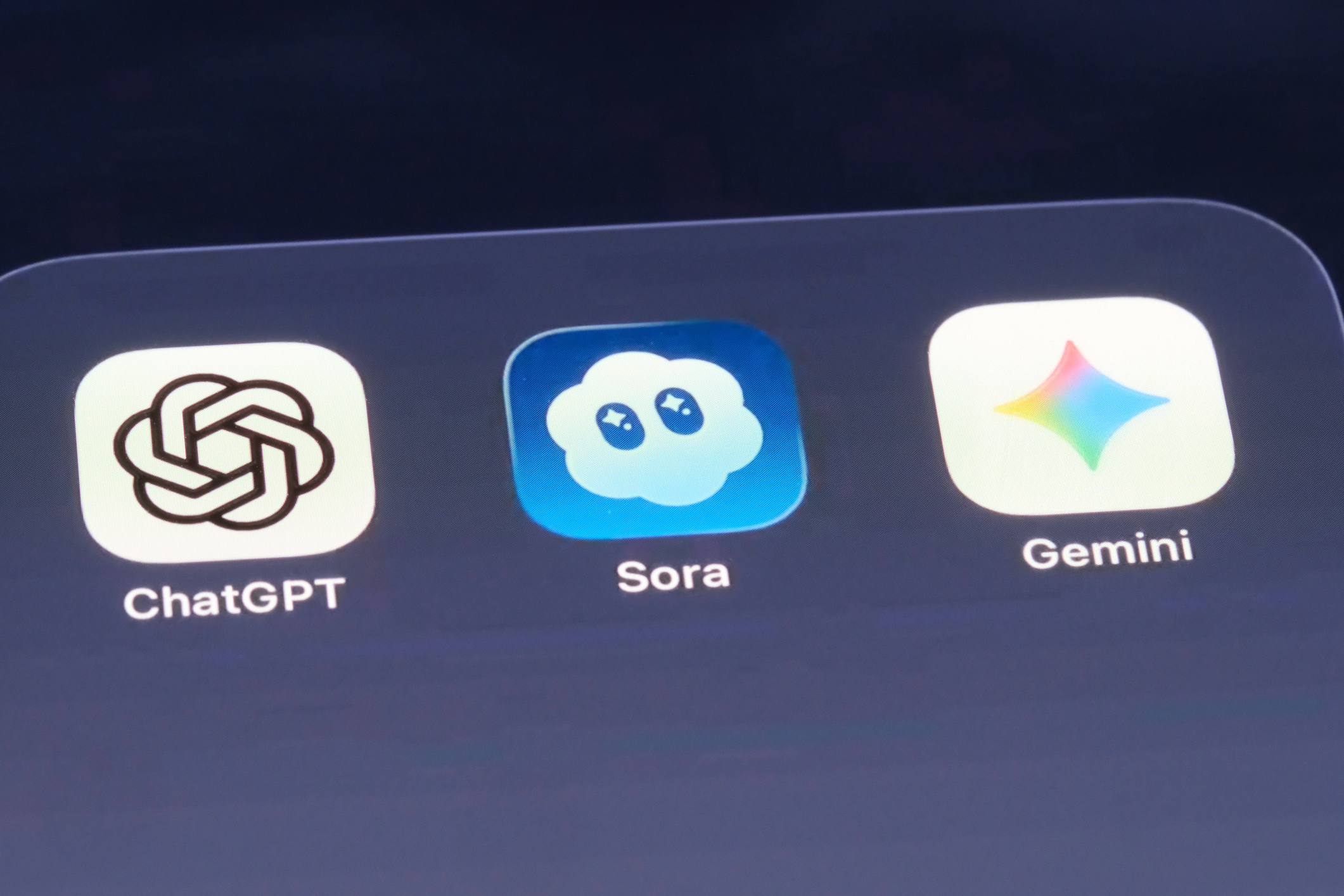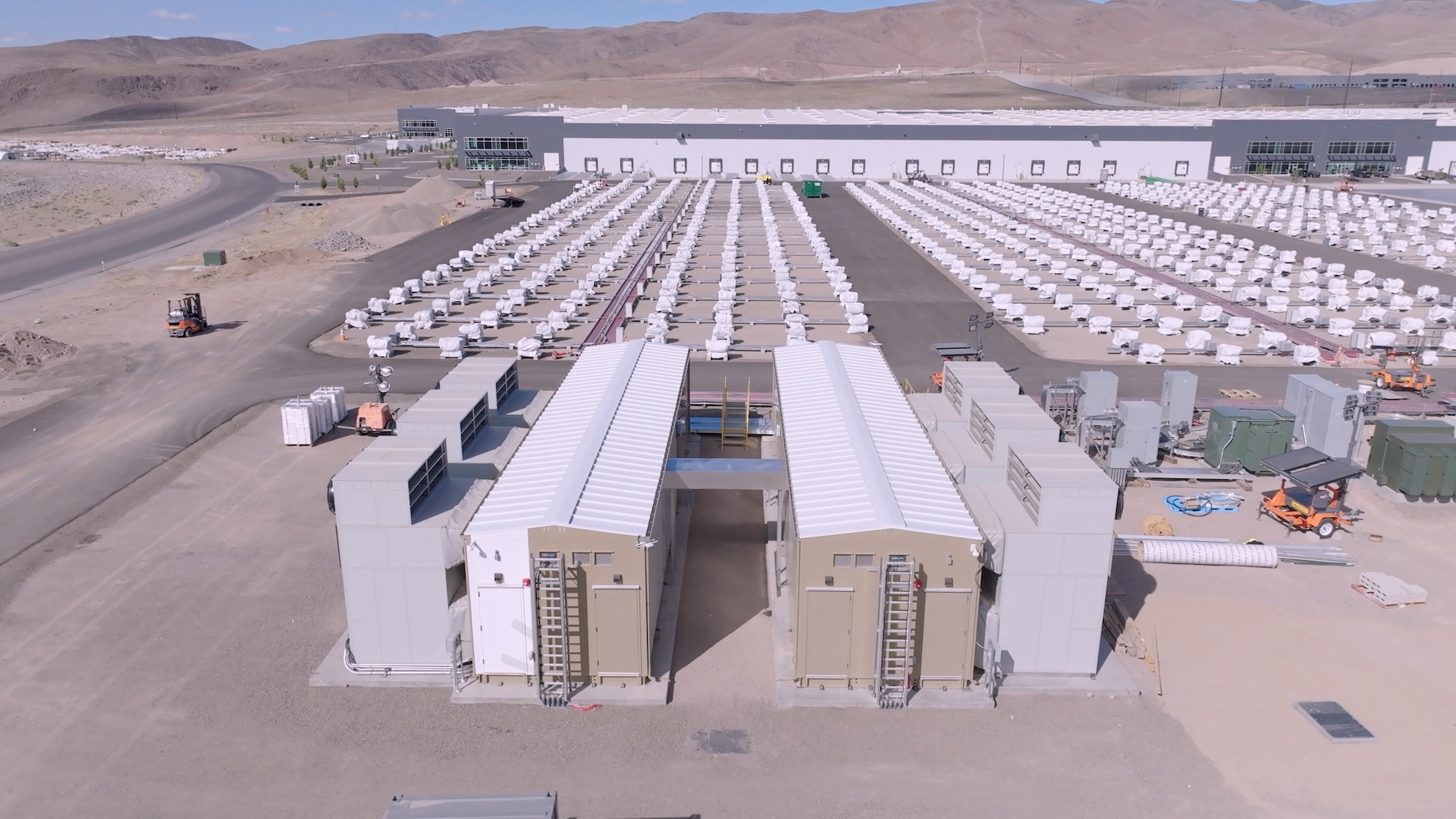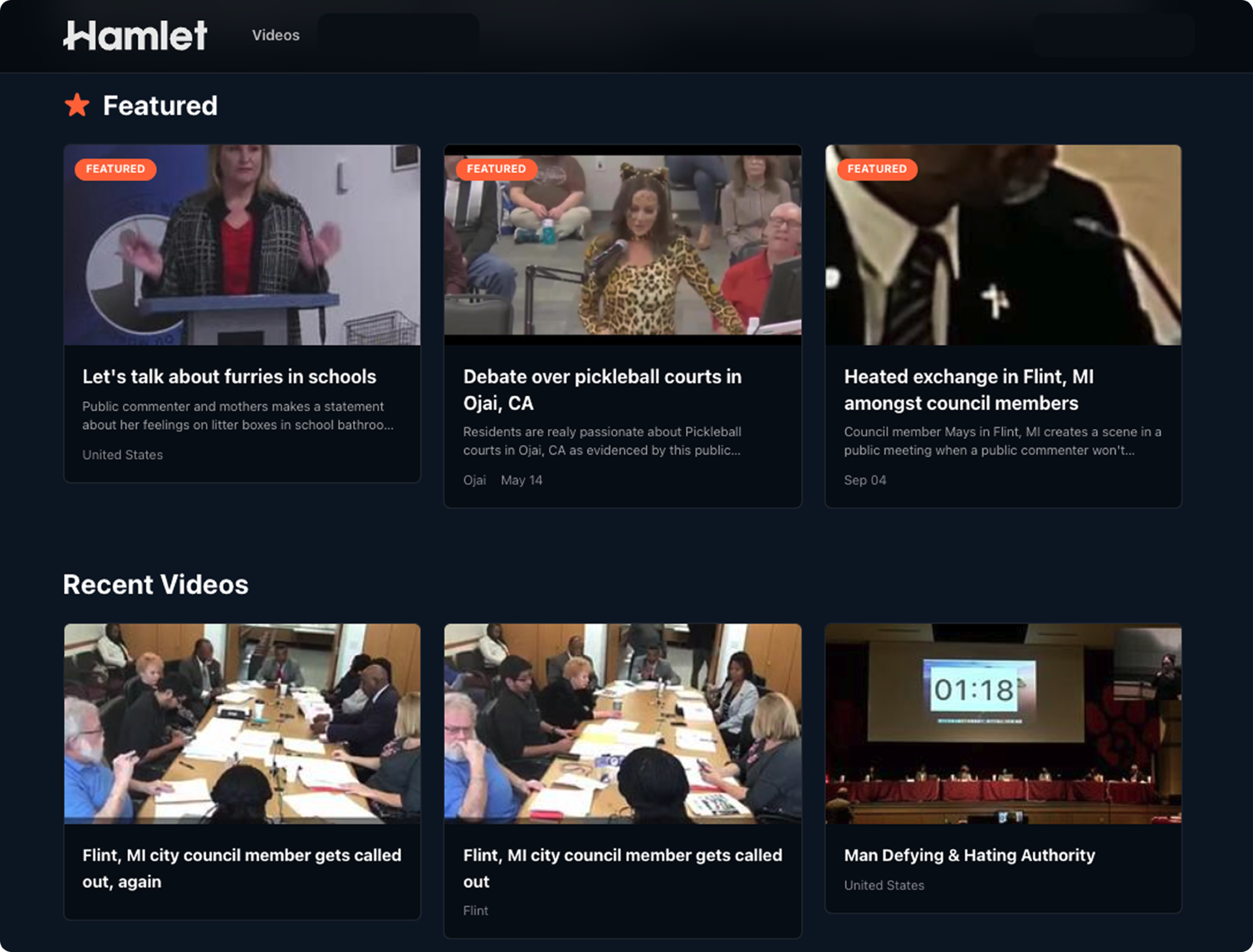
OpenAI’s groundbreaking AI video generation application, Sora, has achieved a remarkably successful launch on the Android platform, securing an estimated 470,000 downloads within its initial 24 hours of availability. This impressive uptake, reported by app intelligence provider Appfigures, signals a robust public appetite for advanced artificial intelligence tools on mobile devices and marks a significant milestone in the broader accessibility of AI-driven creative technologies. The first-day performance on Android substantially outpaced its iOS predecessor, illustrating a strategic shift in OpenAI’s deployment and market penetration efforts.
A Closer Look at the Numbers and Market Dynamics
The immediate success of Sora on Android is particularly noteworthy when contrasted with its iOS counterpart. Appfigures’ data indicates that the Android launch garnered more than four times the number of installs compared to Sora’s debut on Apple’s mobile operating system, boasting approximately 327% more downloads. While the iOS version initially recorded an estimated 56,000 day-one downloads, this figure was later revised upward to a more accurate 110,000 after further data analysis, with around 69,300 of those originating from the United States. In comparison, the Android version saw approximately 296,000 U.S.-based installs out of its total 470,000, suggesting a continued and widespread interest in the AI video maker even after the initial buzz surrounding the iOS release.
This disparity in launch performance can be attributed to several key differences in the release strategies for the two platforms. The iOS version of Sora was initially rolled out with significant restrictions, limiting its availability to users in the United States and Canada, and critically, requiring an exclusive invitation for access. Conversely, the Android launch adopted a far more expansive approach, making the application available across a broader geographical spectrum including the U.S., Canada, Japan, South Korea, Taiwan, Thailand, and Vietnam. Furthermore, OpenAI strategically lifted the invite requirement for its primary markets in late October, just ahead of the Android debut, effectively removing a major barrier to entry and enabling a much larger user base to access the technology immediately. This broader distribution and relaxed access policy undoubtedly fueled the accelerated download figures seen on Android, demonstrating the power of a more inclusive launch strategy in the competitive mobile app ecosystem.
Sora’s Genesis and Capabilities
To fully appreciate the significance of Sora’s mobile expansion, it is essential to understand its origins and the technological innovation it represents. OpenAI, the research organization behind ChatGPT and DALL-E, first unveiled Sora to the world as a text-to-video generation model. Unlike earlier, more rudimentary AI video tools, Sora distinguished itself with its ability to generate high-fidelity, photorealistic videos up to a minute long from simple text prompts. These videos feature complex scenes with multiple characters, specific types of motion, and accurate renditions of subjects and backgrounds, all while maintaining visual quality and adherence to the user’s prompt. The model is designed to understand not only what the user has asked for in the prompt but also how those elements exist in the physical world, producing coherent and consistent visual narratives.
The development of Sora is a direct outgrowth of the larger generative AI revolution spearheaded by OpenAI. Following the widespread impact of large language models like GPT-3 and GPT-4, and image generation models such as DALL-E, the natural progression for AI research involved extending these capabilities to video. Video generation presents unique challenges due to the temporal dimension, requiring the AI to maintain consistency and simulate physical interactions over time. Sora’s advancements in this area represent a leap forward, moving beyond simple clips to generate more cinematic and nuanced sequences.
The mobile application version of Sora brings these advanced capabilities directly to users’ fingertips. It allows individuals to leverage AI to craft videos from text descriptions, transforming abstract ideas into tangible visual content. A notable feature, "Cameos," further enhances personalization by enabling users to animate themselves or their friends within these AI-generated videos. The application’s user interface is designed with a TikTok-like vertical feed, facilitating easy scrolling through a curated stream of videos created by other users, fostering a community of creators and inspiring new forms of digital expression. This intuitive design minimizes the learning curve, making sophisticated AI video creation accessible to a broad demographic, from casual users to aspiring content creators.
Strategic Expansion: From Invite-Only iOS to Broad Android Reach
OpenAI’s phased rollout strategy for Sora reflects a calculated approach to market entry and user acquisition. The initial iOS launch, characterized by its invite-only nature and limited regional availability, likely served as a controlled beta test. This allowed OpenAI to gather critical user feedback, stress-test the application’s infrastructure, and refine the user experience within a manageable cohort before a wider public release. The exclusive nature also generated significant anticipation and a sense of prestige around the app, contributing to its rapid ascent on the App Store charts despite the access restrictions. Indeed, the iOS app quickly soared to the top of the U.S. App Store, hitting over a million installs within its first week and maintaining a strong presence, currently ranking as the No. 4 app on the U.S. iPhone Top Free Charts.
The decision to expand to Android with a broader geographical reach and the elimination of the invite system for key markets signifies a pivot from an exclusive, controlled release to a mass-market penetration strategy. This move acknowledges Android’s dominant global market share, particularly in regions like Asia, where the app has now become available. By dropping the invite requirement in major markets such as the U.S., Canada, Japan, and Korea, OpenAI removed a significant barrier, indicating a readiness to scale its user base rapidly and democratize access to its cutting-edge AI video technology. This shift is crucial for maximizing reach and fostering a vibrant community of users who can experiment with and contribute to the evolution of the platform.
The Broader AI Video Landscape and Competition
Sora’s successful Android launch occurs within an increasingly competitive and dynamic AI landscape. The generative AI boom has spurred innovation across various modalities, and video generation is a particularly hot frontier. While Sora has garnered significant attention for its high-quality output, it is not without competition. Tech giants and startups alike are vying for a share of this emerging market.
One prominent competitor is Meta AI, which has also been aggressively developing and deploying its own AI-powered tools. Meta AI, with its vast user base across Facebook, Instagram, and WhatsApp, has introduced its short-form video feed of AI-generated content. Its mobile application recently expanded to European users, following an earlier debut in the U.S. This direct competition from a company with Meta’s resources and existing social media infrastructure highlights the intense race to dominate the AI content creation space. Other players, from well-funded startups to open-source communities, are also contributing to a diverse ecosystem of text-to-video and video editing AI tools, each offering unique features and targeting different user segments.
The entry of powerful AI video tools like Sora onto mobile platforms has several market implications. It lowers the barrier to entry for video production, potentially disrupting traditional content creation workflows and empowering a new generation of amateur and professional creators. Social media platforms, which thrive on user-generated content, could see a surge in sophisticated AI-produced videos, blurring the lines between human and machine creativity. Furthermore, the commercial applications are vast, ranging from personalized marketing campaigns to automated news segments and short-form entertainment, potentially creating new industries and revenue streams.
Implications for Content Creation and Society
The widespread availability of advanced AI video generation tools like Sora carries profound implications for content creation, social dynamics, and cultural practices. On one hand, it represents an unprecedented democratization of creativity. Individuals without expensive equipment, specialized skills, or extensive training can now articulate complex visual narratives with simple text prompts, turning imaginative concepts into visual realities. This could lead to an explosion of diverse and innovative content, fostering new forms of artistic expression and storytelling. It could empower small businesses to create professional-grade advertisements, educators to produce engaging instructional videos, and everyday users to craft personalized visual messages.
However, the proliferation of AI-generated video also introduces a spectrum of societal challenges and ethical considerations. Concerns around misinformation and deepfakes are paramount. The ability to generate highly realistic, yet entirely fabricated, video content raises questions about authenticity, trust, and the potential for malicious use. Differentiating between human-created and AI-generated content may become increasingly difficult, posing challenges for journalism, public discourse, and legal systems. OpenAI and other developers are actively researching watermarking and content provenance technologies to address these issues, but the societal debate over responsible AI deployment is ongoing and crucial.
Culturally, AI video could reshape how we consume and interact with visual media. The sheer volume and personalized nature of AI-generated content might lead to new aesthetic norms, altered consumption habits, and a re-evaluation of what constitutes "original" creative work. As AI becomes a co-creator, the relationship between human intent and machine execution will continue to evolve, pushing the boundaries of art, entertainment, and communication.
Looking Ahead: The Future of Mobile AI
Sora’s monumental Android launch is more than just a successful app debut; it is a clear indicator of the accelerating trend toward ubiquitous mobile AI. As AI models become more efficient and powerful, and mobile hardware continues to advance, we can expect increasingly sophisticated AI capabilities to be integrated directly into smartphones. This will transform mobile devices from mere consumption portals into powerful creation hubs, capable of real-time AI processing for a multitude of tasks beyond video generation.
The future trajectory for Sora and similar applications will likely involve continuous improvements in video quality, greater control over generated content, and deeper integration with other AI modalities, such as audio generation and interactive storytelling. Monetization strategies, whether through subscription models, premium features, or API access, will also evolve as these platforms mature. The competition among AI developers will drive further innovation, benefiting users with more accessible, powerful, and diverse tools. Ultimately, Sora’s strong performance on Android underscores a pivotal moment: the era of sophisticated generative AI has firmly arrived on our mobile devices, poised to redefine how we create, share, and experience digital content.





